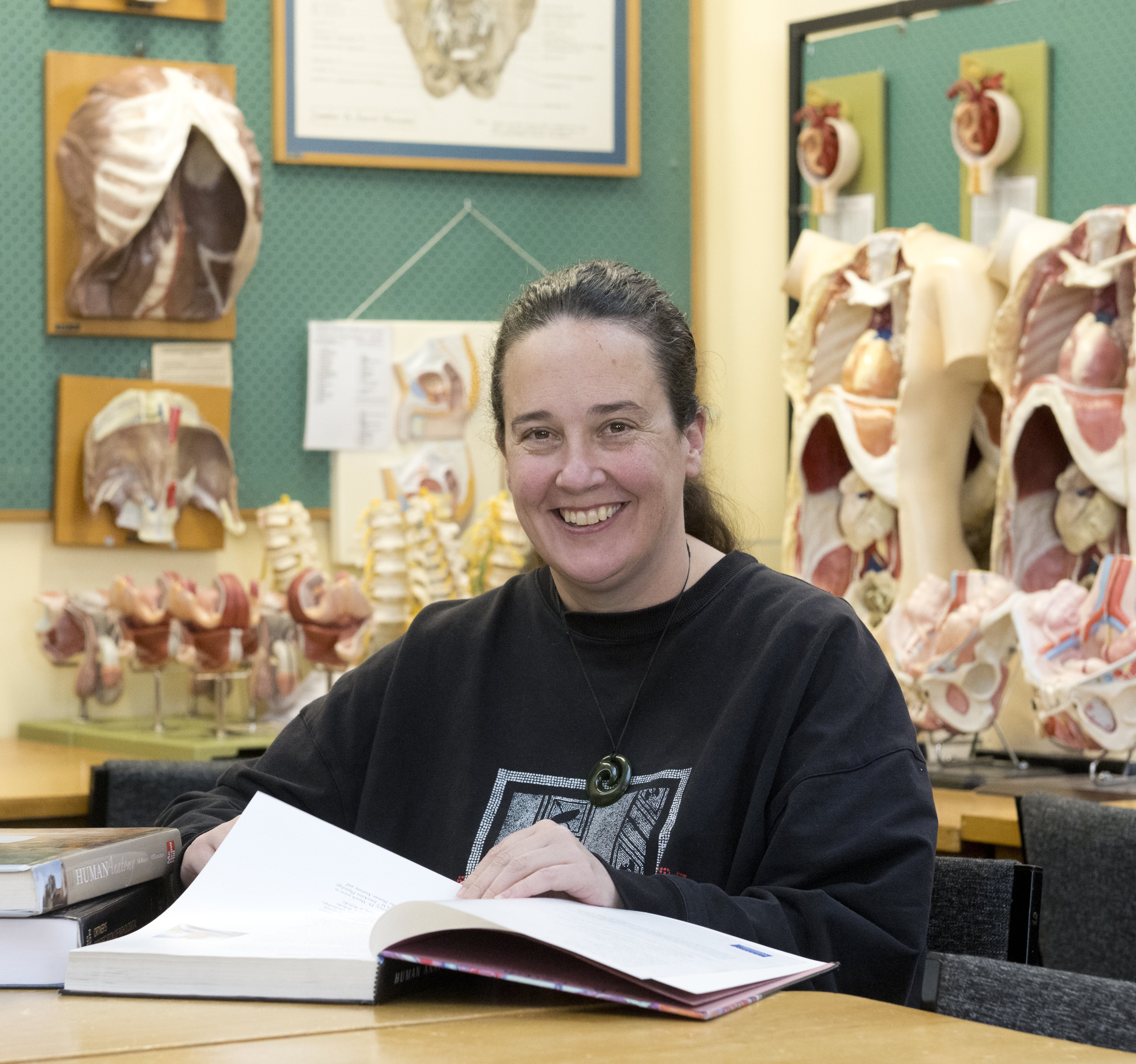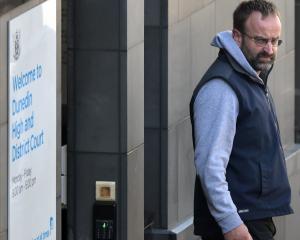
In the past, anatomical skeletal collections have been treated as objects, primarily used by museums and universities for education and research.
But University of Otago biological anthropologist Prof Sian Halcrow aims to return some "humanity" to these skeletons, after becoming the first New Zealander to receive a $2million British Academy Global Professorship.
It will allow her to spend four years researching historical anatomical skeletal collections held across Britain, while based at Durham University, in England.
Prof Halcrow said she was inspired to apply for the professorship following her recent study of the historical human skeletal collections held at Otago’s W.D. Trotter Anatomy Museum, which has close ties with Britain.
The study found evidence of the "commodification and dehumanising" of the remains, which were the bodies of marginalised local women, or those sold from India and other unknown sources overseas.
"This made me want to extend investigations to Britain, to tackle the intersecting colonial legacies in skeletal acquisition and curation in Britain and its colonies."
Prof Halcrow said it was a "sensitive and challenging" subject.
Talking about how human remains had been acquired in the past, was controversial.
"Many of them are literally skeletons in the closet.
"Collections are largely made up of the marginalised in society — the poor and working class, women, children, the enslaved and those under colonial rule.
"A lot of the skeletal remains that we have in anatomical collections were collected from the South Asian continent through British trade, so there’s that colonial aspect as well.
"But no-one’s actually really looked at the remains themselves or the history of their acquisition, like we would normally do if we were working in the archaeological context."
She said identifying the remains, and how they were acquired, would help the public see them as people, who had a life.
"So this is a way in which we can try to give some of the humanity back to the skeletons — by actually looking at the historical archives and also the bodies themselves, and also asking people what we should be doing with them moving forward."
As part of her research in Durham, she aimed to develop the first socially informed practice and policy guidelines for anatomical skeletal collections, which she hoped would be globally relevant.
Prof Halcrow was surprised and honoured to receive the professorship, because more than 1000 scientists apply each year, and only eight are awarded.
She starts her professorship next month.










